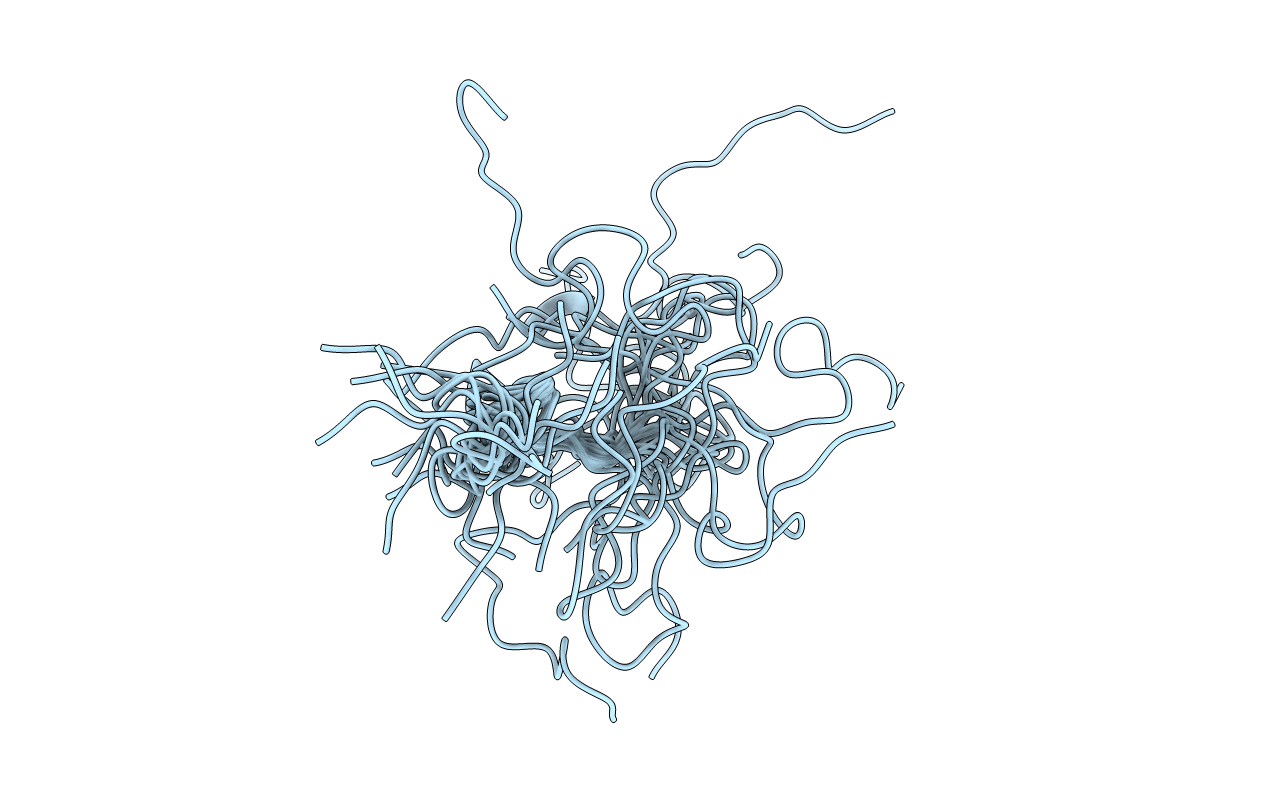
Deposition Date
1998-12-22
Release Date
1999-04-27
Last Version Date
2024-10-09
Entry Detail
PDB ID:
1B4G
Keywords:
Title:
CONTROL OF K+ CHANNEL GATING BY PROTEIN PHOSPHORYLATION: STRUCTURAL SWITCHES OF THE INACTIVATION GATE, NMR, 22 STRUCTURES
Biological Source:
Source Organism:
Homo sapiens (Taxon ID: 9606)
Method Details:
Experimental Method:
Conformers Submitted:
22


